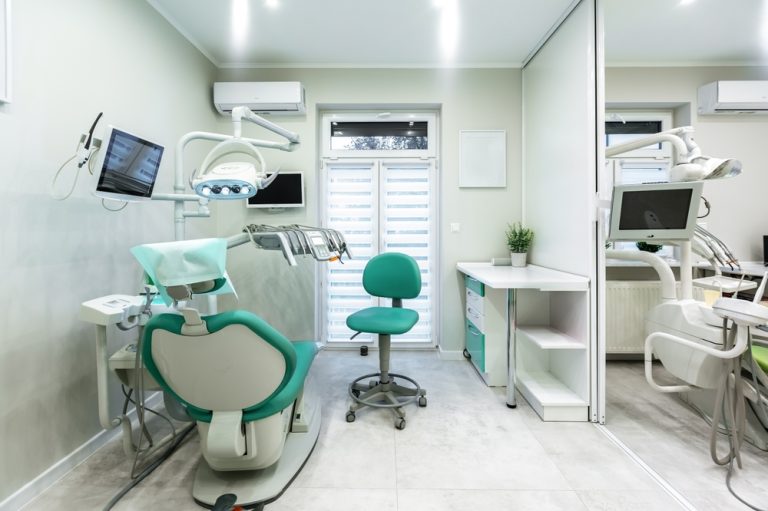Do you love sending and receiving greeting cards? Do you wish you could make your cards that reflect your personality and style?
If so, you’re not alone. Many people enjoy creating custom greeting cards for their friends and family as a way of expressing their feelings and showing their appreciation.
But how do you design your custom greeting cards? What tools and materials do you need?
What are some of the best practices and tips for making your cards stand out? In this article, we’ll answer these questions and more.
We’ll show you how to design your custom greeting cards in three simple steps and share some examples and ideas to inspire you.
Step 1: Choose Your Format and Size
The first step in designing your custom greeting cards is to decide on the format and size of your card.
There are two main options: digital or physical.
Digital cards are created and shared online using a design tool like Canva or PicMonkey
They are convenient, eco-friendly, and cost-effective. You can choose from a variety of templates or start from scratch.
You can also add animations, videos, or audio to make your card more interactive. You can send your digital card via email, social media, or messaging apps.
Physical cards are printed and mailed using a printer or a printing service
They are more traditional, personal, and tangible. You can choose from different paper types, finishes, and envelopes.
You can also add embellishments, stickers, or handwritten notes to make your card more unique.
You can mail your physical card using regular postage or hand-deliver it to your recipient.
The format and size of your card will depend on your preference, budget, and occasion.
For example, if you want to send a quick thank-you note to a colleague, a digital card might be more suitable.
But if you want to send a heartfelt anniversary card to your spouse, a physical card might be more appropriate.
Some of the common sizes for physical cards are:
- 5 x 7 inches (A7 envelope): This is the most popular size for greeting cards. It offers enough space for your design and message without being too bulky or expensive.
- 4 x 6 inches (A6 envelope): This is a smaller size that is ideal for simple or minimalist designs. It is also cheaper to print and mail than larger sizes.
- 5.5 x 8.5 inches (A9 envelope): This is a larger size that is perfect for making a big impression. It allows you to include more details, images, or text in your design. However, it is also more costly and may require extra postage.
- 3.5 x 5 inches (A1 envelope): This is a tiny size that is often used for thank-you cards or invitations. It is cute, compact, and easy to carry. But it also limits the amount of information you can include in your design.
Step 2: Choose Your Design Elements
The next step in designing your custom greeting cards is to choose the design elements that will make up your card. These include:
Color
Color is one of the most important elements of any design. It can set the mood, convey the message, and attract attention.
You can use color to create contrast, harmony, or emphasis in your card.
You can also use color to match the theme or occasion of your card.
For example, you can use red and green for Christmas cards, pink and purple for Valentine’s cards, or yellow and orange for birthday cards.
Font
The font is another crucial element of any design. It can communicate the tone, style, and personality of your card.
You can use the font to create hierarchy, balance, or alignment in your card. You can also use the font to complement or contrast with the other elements of your card.
For example, you can use a script font for elegant or romantic cards, a sans serif font for modern or minimalist cards, or a handwritten font for casual or playful cards.

Image
Image is another key element of any design. It can illustrate the concept, tell the story, or evoke emotion in your card.
You can use images to create interest, focal points, or background in your card. You can also use images to support or enhance the other elements of your card.
For example, you can use a photo of yourself or your recipient for personal or sentimental cards, an illustration of an object or scene for creative or humorous cards, or an icon of a symbol or logo for professional or branded cards.
Step 3: Choose Your Layout and Composition
The final step in designing your custom greeting cards is to choose the layout and composition of your card.
This is how you arrange the design elements on your card to create a visually pleasing and effective design. You can use the following principles to guide you:
Balance
Balance is how you distribute the weight of the design elements on your card. You can use balance to create stability, symmetry, or asymmetry in your card.
For example, you can use a centered layout for formal or traditional cards, a diagonal layout for dynamic or energetic cards, or a random layout for quirky or eclectic cards.
Repetition
Repetition is how you repeat the design elements on your card. You can use repetition to create consistency, rhythm, or pattern in your card.
For example, you can use the same color scheme for cohesive or themed cards, the same font style for clear or professional cards, or the same image shape for decorative or artistic cards.
Proximity
Proximity is how you group the design elements on your card. You can use proximity to create connection, relationship, or organization in your card.
For example, you can use proximity for related or important elements, medium proximity for separate or secondary elements, or far proximity for contrasting or independent elements.




